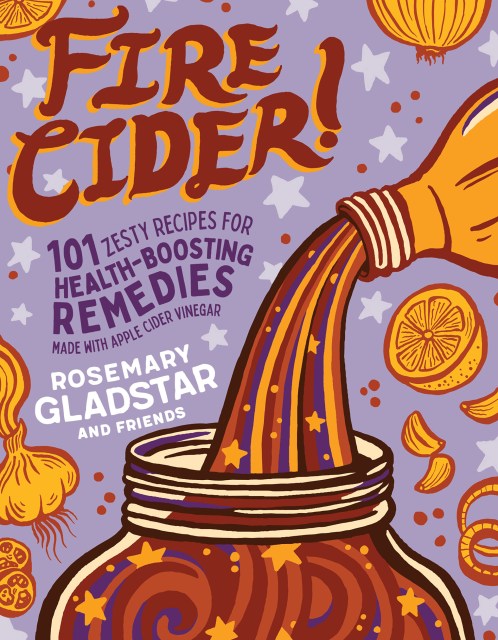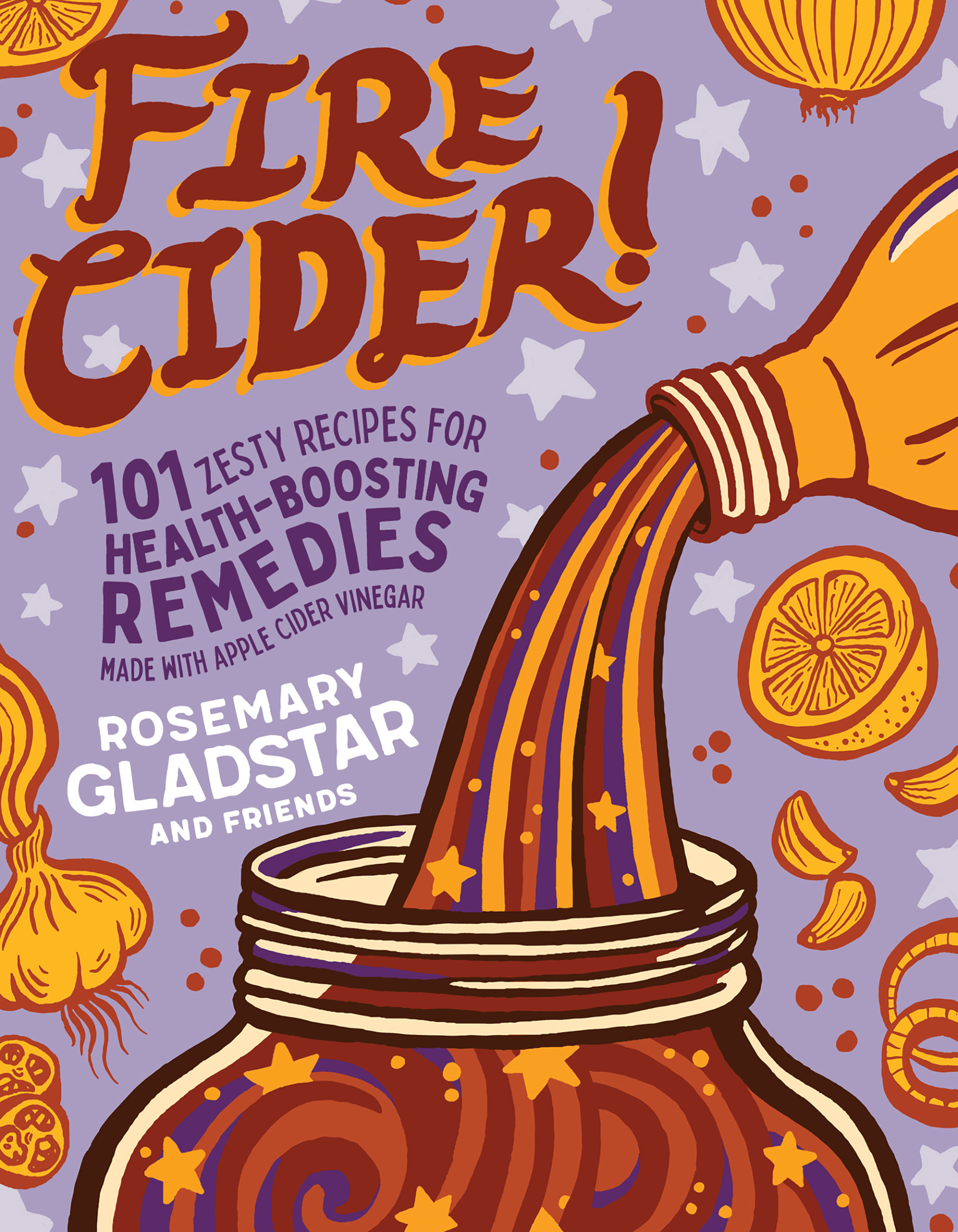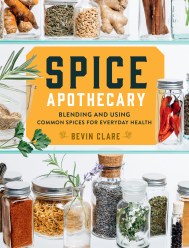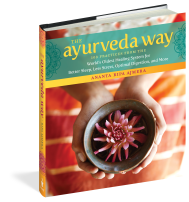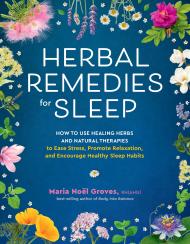Promotion
Use code MOM24 for 20% off site wide + free shipping over $45
Fire Cider!
101 Zesty Recipes for Health-Boosting Remedies Made with Apple Cider Vinegar
Contributors
Formats and Prices
Price
$11.99Price
$15.99 CADFormat
Format:
- ebook $11.99 $15.99 CAD
- Trade Paperback $17.99 $23.99 CAD
This item is a preorder. Your payment method will be charged immediately, and the product is expected to ship on or around October 15, 2019. This date is subject to change due to shipping delays beyond our control.
Also available from:
This publication conforms to the EPUB Accessibility specification at WCAG 2.0 Level AA.
Genre:
- On Sale
- Oct 15, 2019
- Page Count
- 204 pages
- Publisher
- Storey
- ISBN-13
- 9781635861815
Newsletter Signup
By clicking ‘Sign Up,’ I acknowledge that I have read and agree to Hachette Book Group’s Privacy Policy and Terms of Use
